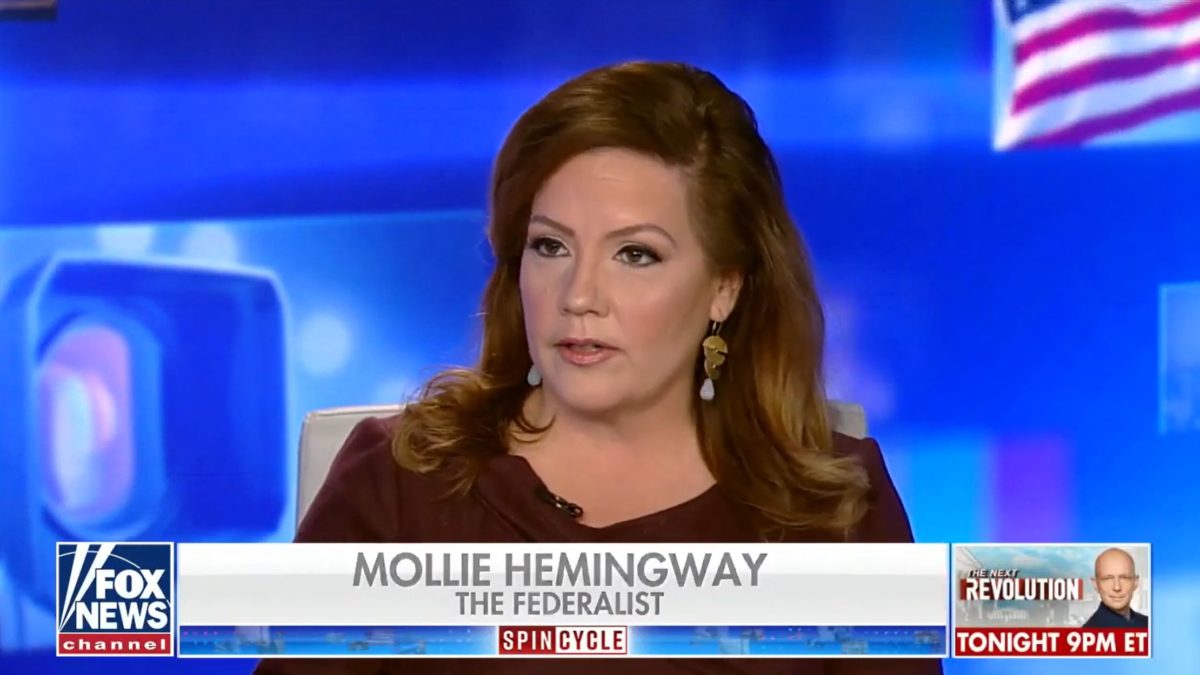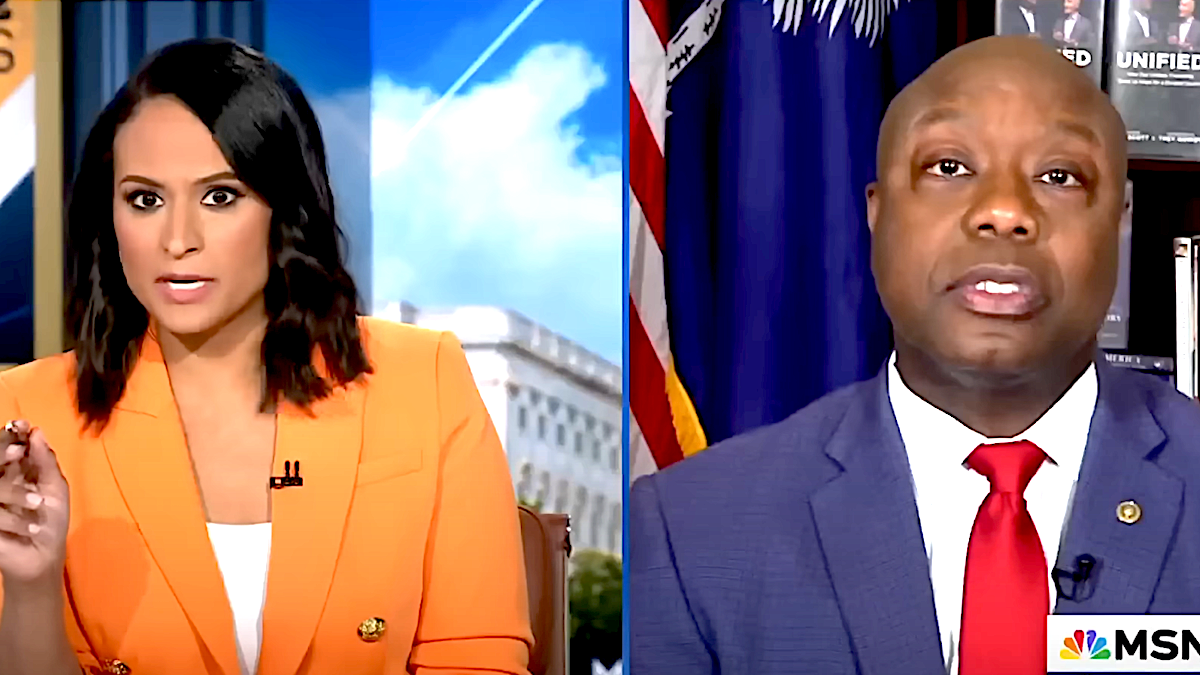
A week and a half ago, the Supreme Court agreed to take up the two constitutional questions at the heart of the contemporary gay marriage debate:
1)Does the Fourteenth Amendment require a state to license a marriage between two people of the same sex?
2) Does the Fourteenth Amendment require a state to recognize a marriage between two people of the same sex when their marriage was lawfully licensed and performed out-of-state?
How will the Court decide? How should the Court decide?
Richard Weaver, in The Ethics of Rhetoric (1953), highlights and evaluates three types of arguments in political rhetoric: reasoning from consequences, reasoning from circumstances, and reasoning from definition. These correspond well to the three approaches to constitutional interpretation that we can expect from the Court as it takes up these questions.
The Progressive pragmatist judges the case based on the result desired; that is, from its consequences. Now that Progressives have adopted the gay marriage cause–and only now that they have done so–the Fourteenth Amendment’s “equal protection” clause must require states to sanction and recognize gay marriages.
The establishment moderate judges the case with a political calculator; that is, from its circumstances. Now that gay marriage is legal in thirty-six states (albeit mostly because of federal court action and inaction) and supporters of gay marriage consistently outpoll opponents (though not in a number of individual states)–and only because such is the case–it is time to square the Fourteenth Amendment with this emerging consensus . . . and thereby strengthen that consensus by putting the moral weight of the Constitution behind it.
The problem with both of these rhetorical approaches is obvious: they make the judge both a sovereign and an interested party rather than the impartial arbiter he is intended to be.
The constitutional jurist, on the other hand, would measure the state laws in view against the meaning of the Fourteenth Amendment at the time of its adoption; that is according to the definition of its terms. Most relevant in this case is the second sentence of Section 1: “No state shall make or enforce any law which shall abridge the privileges or immunities of citizens of the United States; nor shall any state deprive any person of life, liberty, or property, without due process of law; nor deny to any person within its jurisdiction the equal protection of the laws.”
Anyone reasonably conversant with the history of the Fourteenth Amendment would readily conclude that mandating gay marriage is far beyond its scope: no one in 1868 could have possibly conceived that they were redefining marriage when they voted to ratify the Amendment. But even leaving that aside, there is nothing inconsistent with “the equal protection of the laws” in a law that allows any one (adult) man to marry any one (adult) woman (not of near relation) and excludes, for all, every other combination.
But then, one might argue, wouldn’t the same logic justify a law that allows any one (adult) man to marry any one (adult) woman (not of near relation) of the same race and excludes, for all, every other combination? States, of course, had such laws until the last were annulled by the Supreme Court, rightly applying the Fourteenth Amendment against them in its 1967 decision, Loving v. Virginia. And, in fact, they had justified them on exactly these grounds, winning an 1883 Supreme Court case (Pace v. Alabama) on that basis. What makes the Loving decision right, the Pace decision wrong, and a decision constitutionalizing gay marriage wrong is the same thing: the nature (i.e. the definition) of marriage. Race is an accidental quality of a marriage partner; sex is an essential quality, bound up in the natural complementarity of men and women. The court mistook the accidental for the essential in upholding laws against interracial marriage; it will mistake the essential for the accidental if it strikes down one man-one woman marriage laws.
This pattern–and the implicit appeal to consequences and circumstances, rather than definition–has been the norm rather than the exception in deciding cases through appeals to the Fourteenth Amendment.
For example, in Plessy v. Ferguson (1896) the Supreme Court rendered the clear meaning of the rights entailed in all four clauses of the first section of the Fourteenth Amendment irrelevant, suggesting that Plessy’s inability to ride in a whites-only railcar in no way denied him of his full possession of equal political liberty. Writing for the 7-1 majority, Justice Henry Billings Brown argued:
We consider the underlying fallacy of the plaintiff’s [Plessy] argument to consist in the assumption that the enforced separation of the two races stamps the colored race with a badge of inferiority. If this be so, it is not by reason of anything found in the act, but solely because the colored race chooses to put that construction upon it.
For Justice Brown and the rest of the majority, Plessy’s possession of equal political liberty was a subjective matter both on his part and theirs. Since the Court felt that a “separate but equal” rail car was good enough for the Fourteenth Amendment, the onus was on Plessy to put the same construction on the matter. If he didn’t feel equal because he wasn’t allowed to ride in a whites-only train, too bad: the objective reality that he was denied access to a public railcar was of no consequence. Rather, the Court, in quintessential pragmatic and progressive Olympian terms, proclaimed truth in his case subjective, and the lines of admissible subjectivity, their own.
When the Court reversed course in Brown v. Board of Education (1954), it did so utilizing the same circumstantial and outcome-oriented reasoning that the Plessy Court had employed sixty years prior. It might have ground its decision in Justice John Marshall Harlan’s definition-based Plessy dissent, that rightly asserted that “separate but equal” violates the principle of a “color-blind constitution” in which “the law regards man as man, and takes no account of his surrounding or of his color when his civil rights as guaranteed by the supreme law of the land are involved.” Instead, the Brown Court ruled that societal circumstance and elite preference could no longer ignore the subjective damage done by a “separate but equal” legal regime. American ruling elites had come a long way on the race issue, but not so far as to capture the intellectual and moral essence of Justice Harlan’s brave dissent.
Justice Clarence Thomas demonstrated what might have been (and what yet could be) in an important, though widely ignored, statement on the jurisprudence of civil rights, arguing in his concurring opinion in Missouri v. Jenkins (1995) that the Brown Court “[Did] not need to rely upon psychological or social science research in order to announce the simple, yet fundamental truth that the Government cannot discriminate among its citizens according to race. . .that the Government must treat citizens as individuals, and not as members of racial, ethnic or religious groups.”
The rarity of Thomas-style arguments and the ubiquity of circumstance- and consequence-based constitutional reasoning presents a difficult challenge for those committed to preserving a republican judiciary today. At the time of the founding, Alexander Hamilton argued (in Federalist 81) that the danger of systemic judicial abuse “is in reality a phantom,” given the inherent weakness of the judicial branch and its accountability to Congress through the impeachment power. Unfortunately, his argument, as our experience shows, is much less compelling today, for several reasons Hamilton could not have anticipated.
In Federalist 80, he argues that the federal courts must have the authority to enforce the limits of the Constitution against state laws–a power that, he acknowledges, can be abused. The limits on the states in the original (pre-Bill of Rights) Constitution were few, however, and the interests of the states directly represented in a Senate comprised of members chosen by state legislators. Today, the Court’s expansive application of the Fourteenth Amendment against state laws has increased exponentially the opportunities for abuse–and the shift to a popularly-elected Senate has decreased the incentives for holding the court accountable for abuses. How often can we expect Congress to provoke a fight with the Court over a usurpation of state authority, especially when it may very well like the Court’s judgment?
The Congress can still act in ways that encourage responsible judicial behavior, if it wishes. A careful review of judicial nominees, the use of impeachment where merited, and passing laws that properly define the jurisdiction of the federal courts (as described in Federalist 80 and 81) remain available tools, if some of the institutional motivation for using them has been lost. But the right employment of such tools would likewise require the legislative branch to reason from definition, a prospect more to be dreamed of than expected, given the power that often self-defeating political calculations seem to have over even the most well-intentioned proposals (note to pro-life House Republicans: neither an unborn child’s humanity nor his capacity to feel pain is affected by the circumstances under which he is conceived).
Those wishing to recover republican government, especially those seeking to lead a movement or party, must take the advice of Richard Weaver and engage the larger cause of responsible political argument:
This is a world in which one often gets what one asks for more directly or more literally than one expects. If a leader asks only consequences, he will find himself involved in naked competition for power. If he asks only circumstance, he will find himself intimidated against all vision. But if he asks for principle, he may get that, all tied up and complete, and though purchased at a price, paid for. Therefore it is of first importance whether a leader has the courage to define.
The lesson in all this: As “ideas have consequences,” so will the reasoning we employ to uphold or deny the self-evident truth of human equality continue to have consequences for the American republic.









